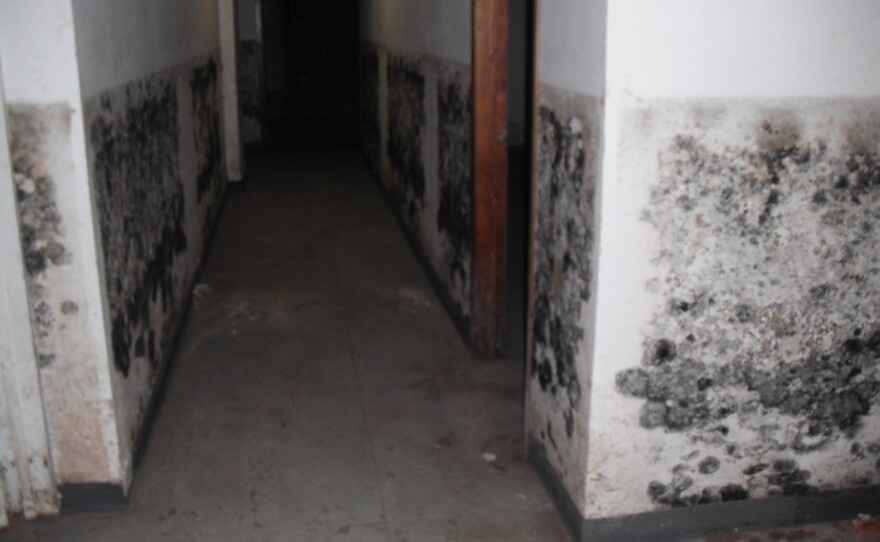
Inadequate air-flow during winter months and wet, soggy, spring-time conditions can contribute to mold taking up residence in homes. Officials explain where to look for mold, some of the health effects, and how to get rid of this potentially destructive, dangerous, unwanted house-guest.
Officials say mold can be a problem for many South Dakotans – it can take a toll on people’s health and homes.
Jeff Hester is a certified mold specialist with Stanley Steemer in the Black Hills.
He says standing water and humidity levels in homes above sixty-eight percent are essentially a welcome mat for mold spores.
“Most often its basement bathrooms, vanities, bedrooms that have boxes stacked against the wall where there’s limited air movement. Boxes, things of that nature, you should not be using in your storage facility - you should have plastic totes. Those boxes and drywall are one of the best food sources for mold. It doesn’t necessarily grow on the carpet, it’ll grow in the dirt that’s on the carpet,” says Hester.
Hester says homeowners should inspect their homes and fix any water leak, and if mold is present it can be cut out with razor blades.
He adds that some people think mold can’t grow in frigid temperatures like those here in South Dakota.
“I’ve seen it grow year-round, all the time. I’ve seen it grow on the dirt that was on a large piece of ice. So yeah, the temperature range means nothing to the mold,” says Hester.
Although mold can be beneficial to the environment by helping grass and leaves decay, South Dakota State Epidemiologist Lon Kightlinger says pregnant women and infants can be especially sensitive to the negative effects of mold.
“Some of the problems that mold may cause in people are respiratory problems like sneezing, they could trigger asthma attacks, dry nose, nasal congestion, they can make your eyes burn, bloody nose, they can even cause headaches,” says Kightlinger.
Sufficient air flow, keeping homes dry, and eliminating potential food sources for mold are some of the most effective ways of keeping mold out.




